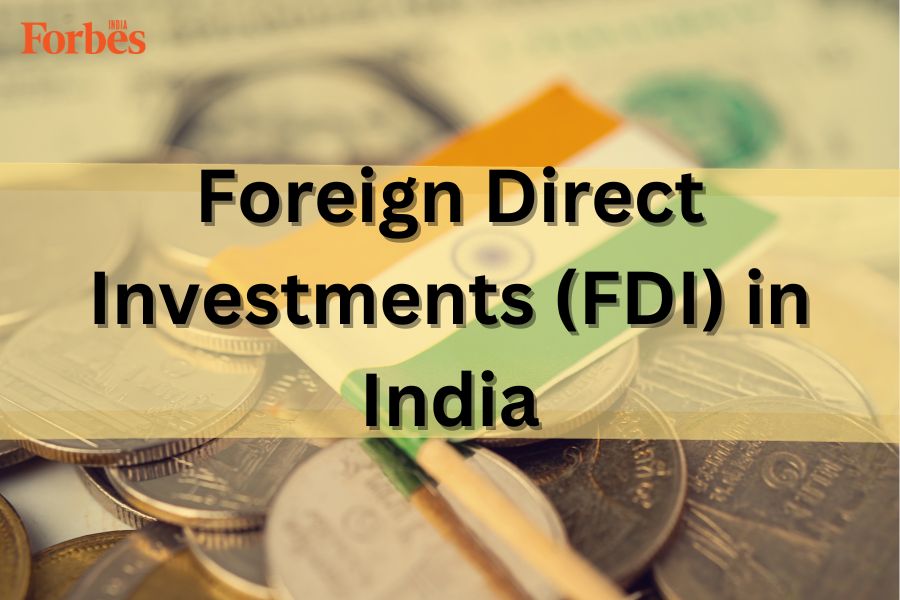
Foreign Direct Investment (FDI) in India: Inflows in 2023 and last 10 years
Let's unravel the significance of FDI in India's economy, along with relevant regulations, key policy changes, the FDI routes in India, and more

Foreign Direct Investment (FDI) is a pivotal driver of economic growth, fostering development and innovation worldwide. Likewise, FDI in India plays an instrumental role in shaping the country's economic landscape.
India remains a favoured destination for global investors, as per the United Nations Conference on Trade and Development (UNCTAD) World Investment Report. The report for 2023 disclosed that India secured the third-highest foreign direct investment (FDI) for new greenfield projects in 2022.
In this post, we discuss the significance of FDI in India in detail.
FDI regulations in India
India offers an automatic route for FDI in several sectors, simplifying the investment process for foreign investors in India. However, certain sectors require government approval, and FDI caps and conditions vary from one industry to another. Strict reporting requirements, in line with the Foreign Exchange Management Act (FEMA), are in place to ensure transparency in foreign investments in India.
Government bodies regulating FDI
FDI in India are subject to regulation and oversight by various government bodies, such as







